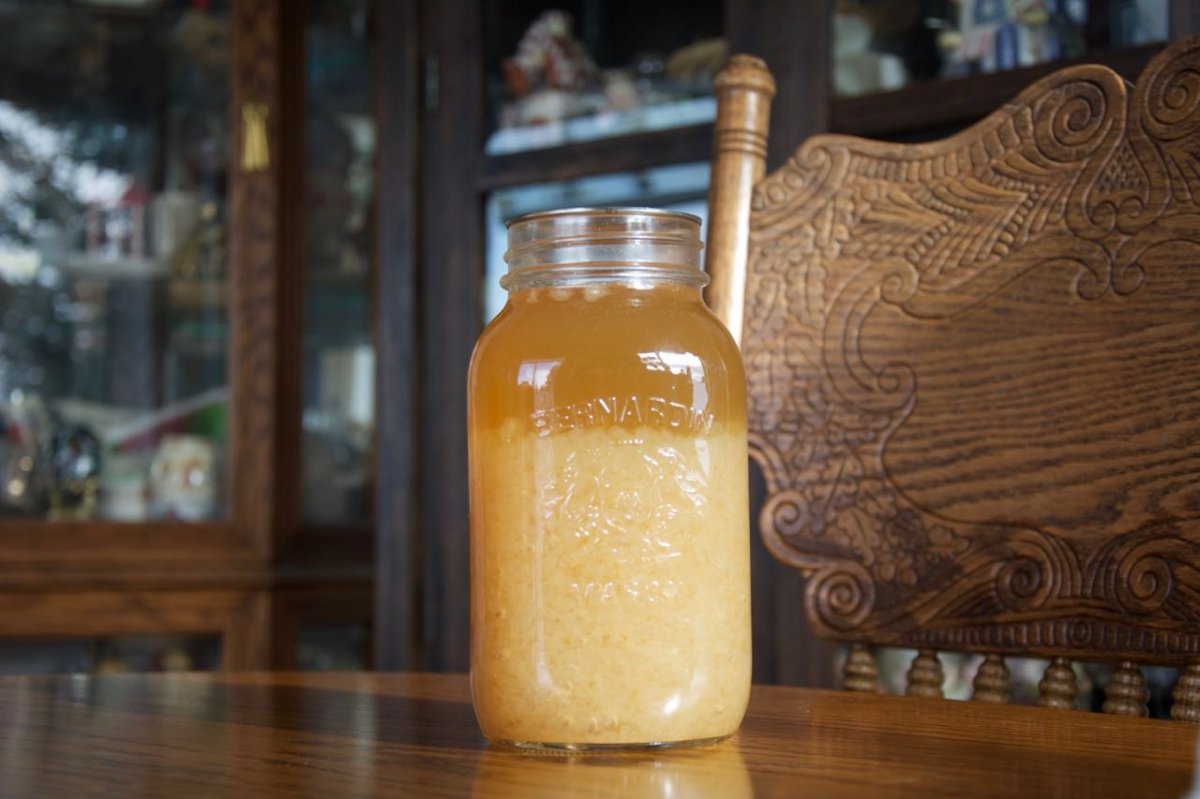Water kefir is a popular fermented beverage known for its probiotic properties and refreshing taste. Originating from the grains of water kefir, this drink offers numerous health benefits and is easy to make at home. In this article, we will explore what water kefir is, its essential characteristics, how it functions, and its various uses.
Essential characteristics
Also known as tibicos or sugar kefir, is a non-dairy alternative to traditional milk kefir. The grains used in water kefir are a symbiotic culture of bacteria and yeast (SCOBY), which ferment a sugar-water solution. These grains look like small, translucent crystals and contain a variety of beneficial bacteria and yeast.
The fermentation process typically takes 24 to 48 hours. During this time, the bacteria and yeast in the grains consume the sugars in the water, producing lactic acid, carbon dioxide, and small amounts of alcohol. This results in a slightly fizzy, mildly sweet, and tangy beverage that is rich in probiotics.
Is naturally gluten-free and vegan, making it suitable for a wide range of dietary preferences. It can be flavored with fruits, herbs, and spices during or after fermentation to create a variety of delicious and healthy drinks.
How water kefir functions
The fermentation process is facilitated by the symbiotic relationship between the bacteria and yeast in the grains. These microorganisms work together to metabolize the sugars in the water, producing various by-products that contribute to the beverage’s unique taste and health benefits.
The primary bacteria found in this water grains include Lactobacillus, Leuconostoc, and Acetobacter species. These bacteria are known for their probiotic properties, which can help support gut health by promoting the growth of beneficial microorganisms in the digestive system. The yeast present in water kefir grains, such as Saccharomyces and Candida species, play a crucial role in the fermentation process by breaking down sugars and producing carbon dioxide, which gives the drink its characteristic fizziness.
To make it at home, you need water kefir grains, a sugar source (such as cane sugar, brown sugar, or fruit juice), and water. The basic steps are as follows:
- Dissolve the sugar in water and let it cool to room temperature.
- Add the water kefir grains to the sugar-water solution.
- Cover the container with a cloth or paper towel to allow airflow while keeping out contaminants.
- Let the mixture ferment at room temperature for 24 to 48 hours.
- Strain the grains from the liquid and transfer the water kefir to a new container.
- Optional: Add flavorings such as fruit, herbs, or spices and let the beverage ferment for an additional 24 hours.

Uses and benefits
This offers a range of health benefits due to its probiotic content. Regular consumption of water kefir can help improve digestion, boost the immune system, and enhance nutrient absorption. The probiotics in water kefir can also help maintain a healthy balance of gut bacteria, which is crucial for overall health and well-being.
In addition to its health benefits, the kefir is a versatile beverage that can be enjoyed in various ways. It can be consumed on its own as a refreshing drink, or used as a base for smoothies and cocktails. The mild flavor of water kefir makes it an excellent alternative to sugary sodas and other carbonated beverages.
This can also be used in culinary applications. It can be added to salad dressings, marinades, and sauces to impart a tangy flavor. Additionally, water kefir can be used as a starter culture for fermenting vegetables, creating probiotic-rich foods like pickles and sauerkraut.
Making it at home is a cost-effective and sustainable way to incorporate probiotics into your diet. The grains can be reused indefinitely, as long as they are properly cared for and maintained. To keep your water kefir grains healthy, it is essential to feed them regularly with a fresh sugar-water solution and store them in a clean, non-reactive container.
Visit: water distiller.

